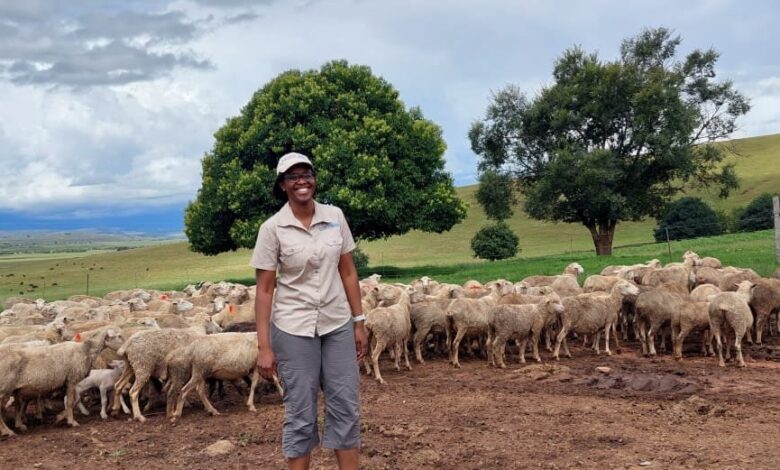How Kevinot Farming Aims To Be A Continuation Of A Family Legacy

How Kevinot Farming Aims To Be A Continuation Of A Family Legacy. Kevinot is an acronym incorporating the family’s names and surnames. In 2017 Nonopa and her husband started Kevinot Farming as a side hustle kicking off with livestock and 2019 diversified into crops.
Nonopa has since left a successful career in Corporate and Investment Banking and has taken over the full operation of the farm. The business operates out of a government-leased farm originally leased by Nonopa’s father-in-law more than 35 years ago. After his passing in 2014, the farm was underutilised until Nonopa and her husband decided to start farming the land and grow it to its full potential.
“We are passionate about farming and are serial entrepreneurs who have run several businesses over the years. Starting a farming business was both an entrepreneurial and social endeavour. We saw an opportunity to carry on a family legacy as well as utilise underutilised land to create jobs and fight the triple challenge of poverty, unemployment, and inequality in our area. We leveraged our education and extensive corporate experience in accounting, finance, banking as well as scientific research and development for the benefit of the area where we come from,” says Nonopa.
Kevinot Farming runs a beef production breeding herd of F1 Angus cows, pedigree Angus Bulls, mixed Dohne Merino, and Dormer sheep, and grows yellow maize, sugar beans, and Lucerne and teff grasses. The business started small and steadily grew to full capacity over the years as the demand for the Amend product to produce keeps growing. Kevinot Farming identified the extent of the opportunity to contribute to food security in the country, across the continent, and globally and continues to look at ways of operating in line with these opportunities.
The core business at this is primary agriculture focusing on cattle and sheep as well as growing yellow maize, sugar beans, lucerne and teff grasses. The farm size is 406 Ha – with 100 ha of arable land and the balance used for pastures.





